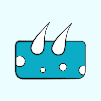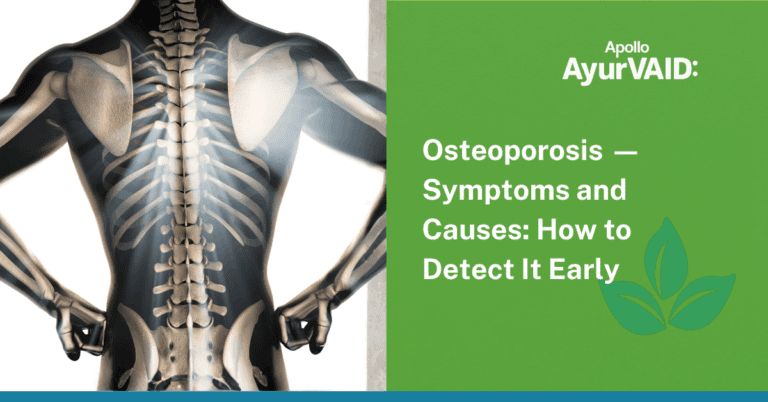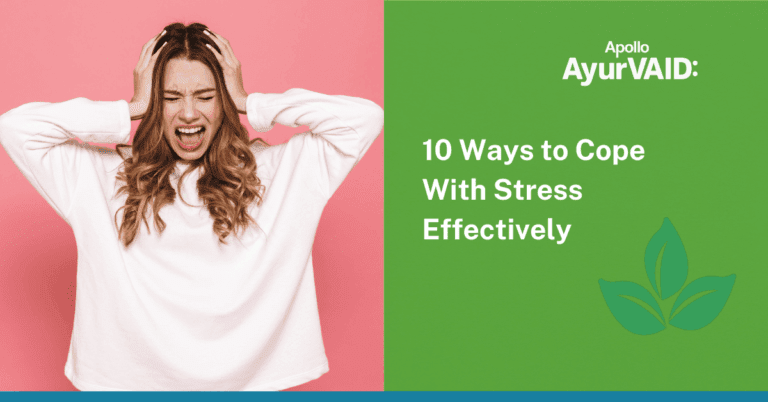Urticaria, commonly known as hives, is a condition characterized by itchy, raised patches or bumps on the skin that appear suddenly and can be triggered by various factors such as allergies, stress, infections, or certain medications. Though it is not a life-threatening condition, it affects the quality of life cosmetically.

Ayurveda’s view on Urticaria
Urticaria is known as Sheetpitta which is formed with two words that are exactly opposite to each other by their meaning. Here Sheet denotes Kapha and Vata and their combination with Pitta Dosha. Ayurveda perceives urticaria as a manifestation of imbalances in the body’s doshas—Vata, Pitta, and Kapha—which govern physiological functions. According to Ayurveda, urticaria is often associated with imbalances in Pitta dosha, responsible for regulating digestion and metabolism. When Pitta aggravates, it affects the skin, leading to conditions like urticaria. Hence in Sheetpitta, all three doshas are aggravated leading to acute episodes or urticaria.
Causes of Urticaria:
If urticaria persists for less than 6 weeks duration is called acute urticaria while more than 6 weeks is chronic urticaria. Main causes include autoimmune reactions, allergens in food, inhalants and injections, drugs, contact (e.g. animal, saliva, latex), physical (e.g. heat, cold, water, sun, pressure), infection (e.g. viral hepatitis, infectious mononucleosis, HIV), idiopathic.
According to Ayurveda
Ayurveda attributes urticaria to an aggravation of the Pitta dosha, leading to heat accumulation in the body and manifesting as skin irritation. Poor digestion, unhealthy dietary habits, and lifestyle factors contribute to the accumulation of toxins or Ama in the body. These toxins further disturb the dosha balance and can trigger urticaria. Additionally, emotional stress, anxiety, and psychological factors can also aggravate Pitta dosha, exacerbating skin conditions like urticaria.

Common signs of Urticaria
- Raised patches or bumps: Hives or wheals appear suddenly on the skin, varying in size and shape.
- Itching: Intense itching accompanies the raised welts, causing discomfort.
- Redness: The affected areas of the skin become red or inflamed.
- Swelling: Swelling may occur in severe cases, leading to facial or lip swelling.
- Burning Sensation: Some individuals might experience a burning sensation in the affected areas.
Managing Urticaria - Treatment options
In modern medicine, the management of urticaria typically involves a combination of identifying triggers, symptom relief, and sometimes medications. Doctors recommend identifying triggers for hives, such as certain foods, medications, insect stings, or environmental factors. Antihistamines are prescribed to reduce itching and hives by blocking histamine release. Corticosteroids may be prescribed in severe cases to reduce inflammation. Epinephrine injections may be necessary in rare cases of severe allergic reactions. Additional medications like leukotriene antagonists or immune-suppressing drugs may be used in chronic cases. Lifestyle modifications like wearing loose clothing and avoiding scratching can also help.
Ayurvedic Perspective on Addressing Symptoms:
- Dietary Recommendations: Ayurveda advises avoiding Pitta-aggravating foods like spicy, sour, and fermented items. Instead, a cooling diet rich in fresh fruits, vegetables, and herbs with anti-inflammatory properties is recommended.
- Herbal Remedies: Herbs like neem, turmeric, aloe vera, and licorice are used in Ayurveda for their anti-inflammatory and detoxifying properties. They help in reducing inflammation and purifying the blood.
- Detoxification (Panchakarma): Panchakarma therapies, including Virechana (therapeutic purgation) and Raktamokshana (bloodletting), aim to eliminate excess Pitta and toxins from the body, aiding in reducing urticaria symptoms.
- Stress Management: Practices like yoga, meditation, and Pranayama are recommended to manage stress and promote overall well-being, indirectly aiding in balancing Pitta dosha.
An integrative Approach
Modern medicine focuses on symptom relief and identifying triggers, while Ayurveda addresses root causes by balancing doshas and purifying the body. Ayurveda uses herbal remedies and detoxification therapies, while modern medicine uses medications like antihistamines and corticosteroids. Both approaches offer unique benefits, and integrating them into a comprehensive management strategy can be successful. The choice between modern medicine and Ayurveda depends on individual preferences, symptom severity, and treatment responsiveness. Considering an integrative approach that combines the strengths of both can provide a holistic perspective and potentially improve urticaria management.






